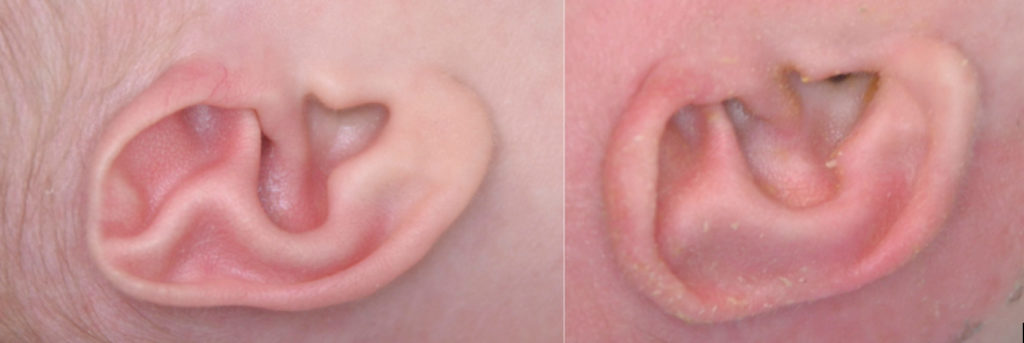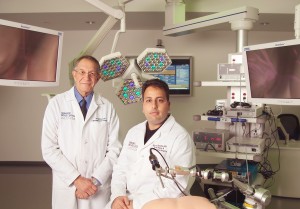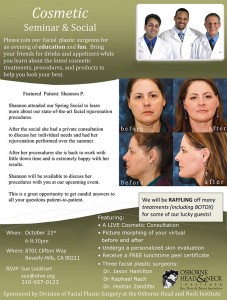- Folded Ear in Newborns: Treatment Options - April 11, 2018
- Newborn Ear Deformity: What Can Be Done? - April 11, 2018
- Ear Molding: An Overview - November 2, 2017
- Otoplasty for Protruding Ears - September 26, 2017
- Basal Cell Carcinoma: Facial Reconstruction Timing - September 26, 2017
- Clinical Considerations of Mohs Reconstruction of Cheek Defect - September 26, 2017
- Basal Cell Carcinoma: Nasal Bridge Reconstruction - September 26, 2017
- Skin Cancers Involving the Eyebrow: Clinical Considerations - October 3, 2016
- Treatment of Multiple Skin Cancer Lesions - June 1, 2016
- Skin Cancer: Nasal Reconstruction and Scar Management - June 1, 2016
It is not uncommon for a baby to be born with abnormally shaped outer ears (external ears). This abnormality can either be a partial or complete absence of the outer ear cartilage (also known as microtia or anotia). Alternatively, ear deformity in newborns can also present as fully formed but misshapen outer ear cartilages.
In cases of microtia (missing outer ear cartilages) or anotia (complete absence of outer ear cartilage and ear canal) there are several treatment options available.

In cases of newborn ear deformity where the outer ear cartilage is present but misshapen, two main treatment options are available, ear molding and otoplasty. Ear molding takes advantage of the fact that maternal hormones are still present in a newborn baby’s blood stream, making the ear cartilage moldable. If an abnormally shaped ear cartilage is noticed early, typically within the first 2 weeks of life, the ear can be re-molded into a normal shape by a trained surgeon. Remolding is a painless office procedure that takes about 30 minutes and consists of applying precise pressure to specific locations of the ear over 3-5 weeks. To optimize results, the ear is monitored weekly and pressure application is adjusted by the physician. By using this technique early, the ear will likely be molded into the shape of a normal ear and no further intervention will be required later in life.
The second option available for misshapen ears is a procedure called otoplasty. Otoplasty is the name given to a variety of different techniques that address the deformity of the external ear cartilages. The most common deformity addressed by otoplasty is that of protruding ears. This procedure can usually be done after the ears have fully grown which is usually around the age of 5.
To read more about ear deformity or ear molding, please visit: www.eardoctorla.com.




